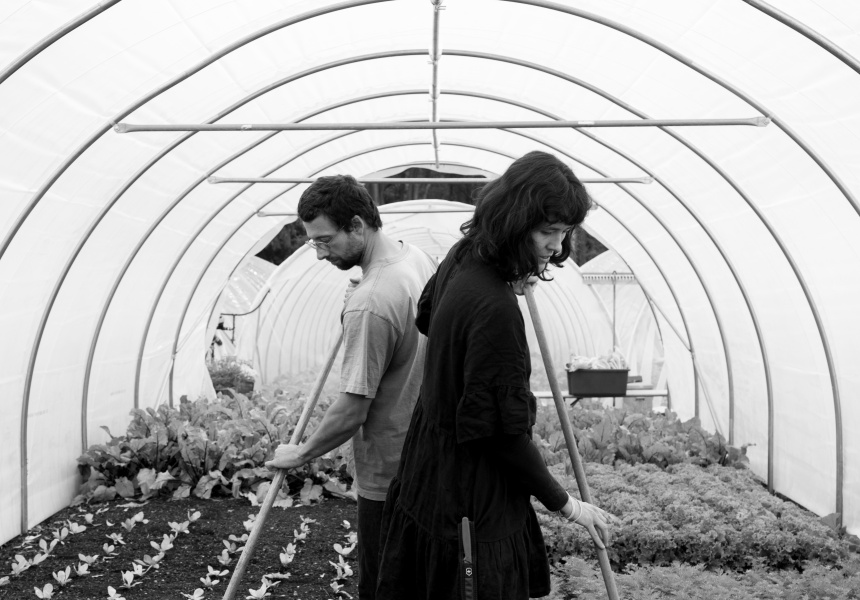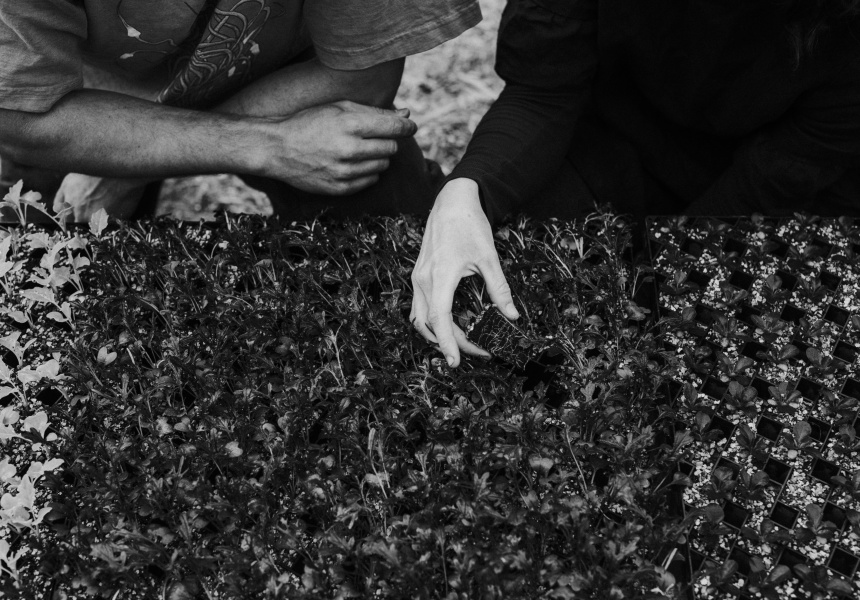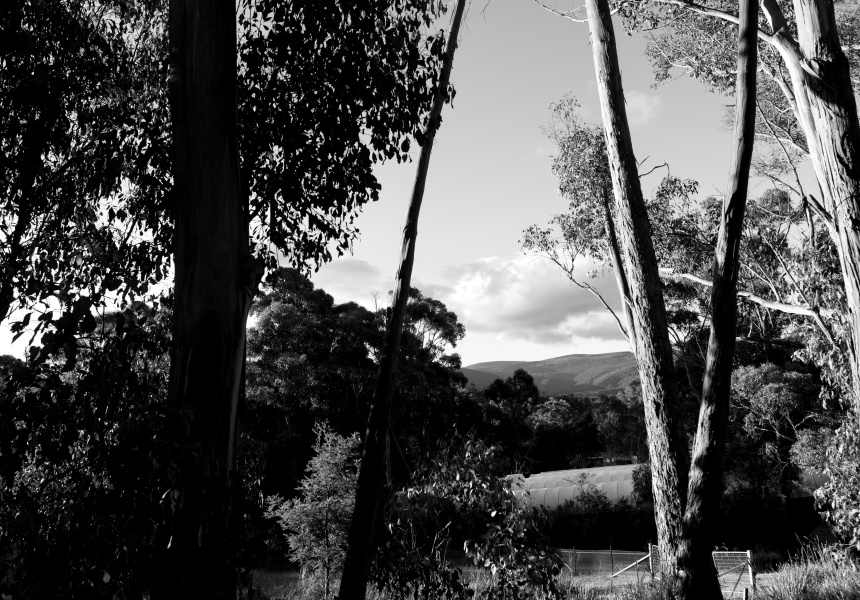Grace Gamage and Dylan Lehmann had only just established their quarter-acre market garden near Hobart when they started supplying friends and colleagues with weekly vegetable boxes.
“There was great demand,” says Gamage, “and a community already waiting for us.”
Then came the pandemic, and with it a surge in interest for deliveries of fresh produce during lockdown. Now [Broom and Brinehttps://www.broomandbrine.com services around 50 members, growing a diverse bounty of veggies in rural Allen’s Rivulet and making deliveries all around Hobart and its surrounding suburbs. That structure of community-supported agriculture (CSA) isn’t so uncommon, but Gamage and Lehmann’s sheer enthusiasm for their work that has led to them producing their own publication, titled Seasonal Zine and a thorough database of their plantings in the form of an online produce library.
Never miss a moment. Make sure you're subscribed to our newsletter today.
SUBSCRIBE NOWThe latter puts all their research in one place for members – and now the public – to peruse. It’s no by-the-numbers database either, but a colourfully written resource that includes extensive photos, Youtube links, preparation advice and often deep dives into the tangled and sometimes contentious history of a given plant. And since Broom and Brine make a point to include such rare-for-Australia veggies as stem mustard – a bulbing mustard from northern China – there’s all the more reason to educate people about what exactly they’re eating.
“We’re celebrating vegetables that people from around the world have been cultivating for thousands of years,” Gamage says. “The genetics of the plant are only there because of all the love and care that happened before us. It’s really interesting and beautiful and connects all of us.” She points out that even spinach has a more fascinating story than you might expect: it originated in the Persian empire and was only introduced to Europe via Spain a few hundred years ago.
Another point of distinction for Broom and Brine is growing year-round, right through the Tasmanian winter. That lets the couple showcase a wider variety of vegetables with less waste involved, as well as highlighting the unique growing conditions there. Winter vegetables end up tasting sweeter in Tasmania because the plants produce more sugar to protect themselves from the frost, for example. And as Lehmann observes, certain veggies actually require a long and cold winter to produce properly.
Both originally from Western Australia, Gamage and Lehmann met shortly before Lehmann planned to move to Tasmania. After studying sustainability and cultural studies at uni, he had spent a summer working on a sustainable building project in the Huon Valley. Then he met Gamage, a visual artist by trade, at a community garden in WA where they were both involved in composting. Gamage had just returned from a stint living in Istanbul and was happy to come along on a new adventure in Tasmania, moving across the country to the island state in midwinter.
“Grace and I often talk about winter being our favourite season here,” Lehmann says. “The daylight shift is so noticeable from summer to winter. Because we work to the rhythm of the CSA, it doesn’t mean that we’re less active just because there’s less daylight. The farm work is nearly identical in winter, but we’re afforded a bit more time. We can curate our vegetable boxes better because it’s not like certain plants are going to be too far gone the next week, which is the case in summer.”
Gamage agrees about the appeal of the Off Season, and the ways that Tasmania opens people up to the joys of winter. “I like the slowing down,” she says. “There’s less rush to harvest. And there’s something nice about working outside and then coming inside and getting really warm and cooking food. I love that.”
This article is produced by Broadsheet in partnership with Tourism Tasmania. Explore more wild, weird and wonderful experiences during Tasmania’s Off Season.




